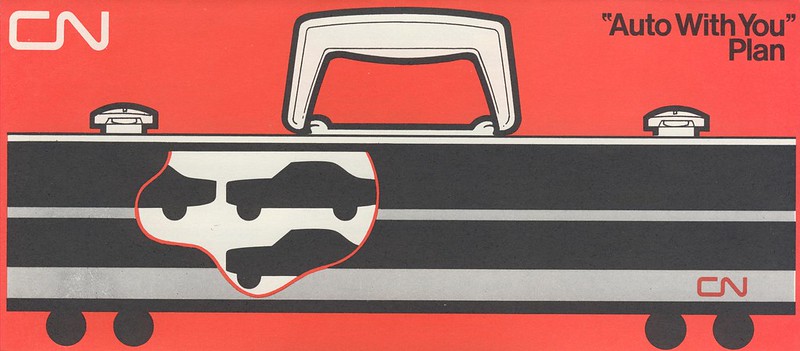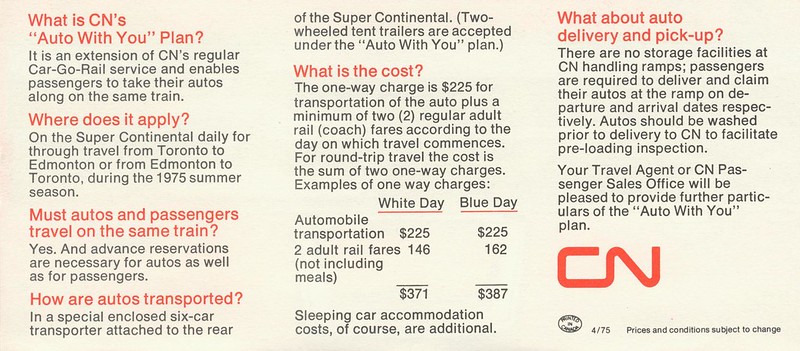Auto Train works in the VA - FL Corridor because the Acela Corridor to Orlando area and broadly the rest of Florida too one of the most heavily traveled corridors. This is true of air traffic too, and also Amtrak LD trains, one might add. No other corridor, except perhaps the SFO-LAX catchment area corridor comes even close.
I might also add that there is probably no other Interstate highway as congested as I-95, which connects Florida to the Northeast. I've driven it from Savannah to Washington, and I was totally unprepared for the traffic jams I found on it in places in the Carolinas, in such "large" metropolises as Florence, Lumberton (where we actually got off the interstate to drive through town around the traffic jam), and Fayetteville. I can see why the idea of avoiding driving hundreds of miles on this road is such an attractive idea.
In contrast, I've done a lot of driving between Baltimore/Washington and Ohio and Michigan. I've never run into traffic on the Pennsylvania and Ohio Turnpikes, except for a few short (and temporary) slowdowns do to construction projects. And these are roads that pass by Pittsburgh, Cleveland, and Toledo, much larger cities than Florence, Lumberton and Fayetteville.
I don't know any interstate highway corridor that has as bad traffic as I-95. Perhaps the I-5 betwen La And San Fransisco. I drove part of it, but it was ages ago (1987), and the traffic was moving very nicely.




























































